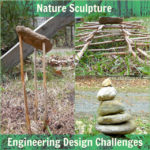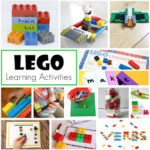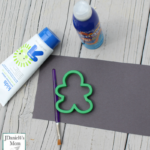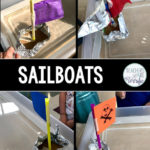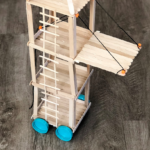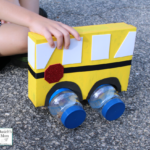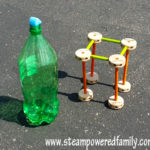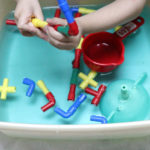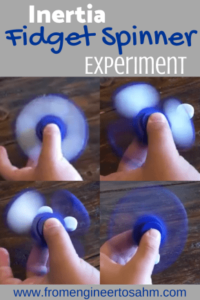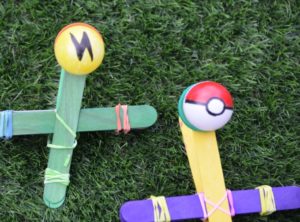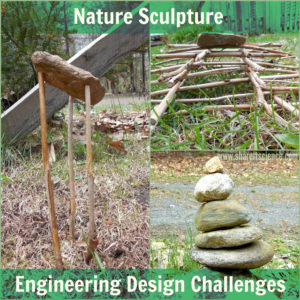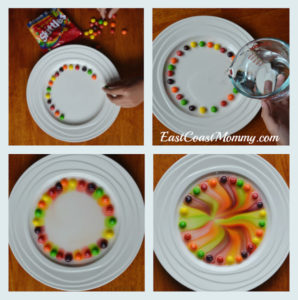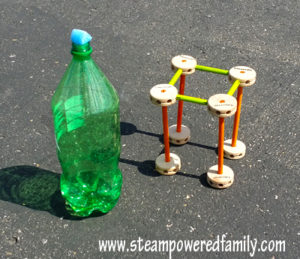Engage, Build, Launch: DIY 10 Popsicle Stick Catapult Designs for Kids
littlebinsforlittlehands.comWhat’s Inside: Popsicle sticks catapult for kids, – different types of catapults made with popsicle sticks, pencils, bands, cloth dryer clips, and binder clips.
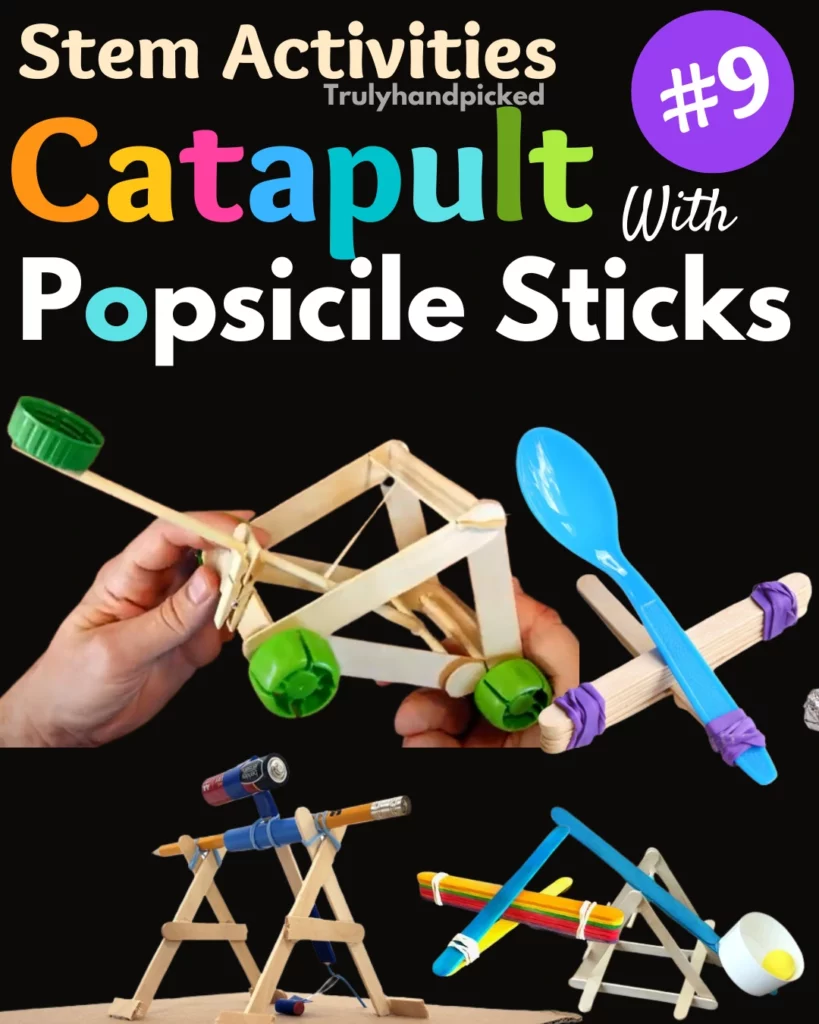
This is a fun, safe way to get your kids involved in science and engineering.
Popsicle Stick Catapult Design Ideas
- Make a simple popsicle stick catapult with spoon, band, and popsicle sticks –onelittleproject
- Creative and solid build ping pong ball catapult for kids (needs parent assistance to complete) – instructables
- Easy to try catapult made with popsicle sticks and binder clips –stlmotherhood
- Step-by-step video on a moving catapult ( With a castle attack demo) – Youtube
- Build a medieval castle keep and a popsicle stick catapult –thehelpfulartteacher
- Effortless easy ways to make a popsicle catapult (with pencils & bands) –shelterness
- Easiest catapult to build with kids, with just cloth dryer clips and popsicle sticks, and bottle cap – instructables
- Awesome working trebuchet – how to build a mini trebuchet – science buddies youtube
The catapult is easy to make and will be a great addition to any playroom. It’s also great for older children who are interested in engineering, but don’t have the space or money for a full-size lab! 😉
This was such a fun activity for our family! The kids really enjoyed seeing their creations fly through the air and watching them hit different objects on the ground.
Let’s build some popsicle stick catapults! Kids will love building the first catapult with only four popsicle sticks, then challenge themselves by building a larger, more difficult one with more sticks. Both are great fun.
 #popsicle #popsiclestick #crafts Learn how to build a popsicle stick catapult for the best STEM projects and fun physics for kids. Our popsicle sticks catapult instructions and videos are easy!
#popsicle #popsiclestick #crafts Learn how to build a popsicle stick catapult for the best STEM projects and fun physics for kids. Our popsicle sticks catapult instructions and videos are easy!
Teachers to Students: Explaining Catapults & History
Brace yourself for an awesome hands-on experience that will make you go, “Whoa, learning can be this cool?”
These simple yet captivating catapult projects will have you flexing your creativity and exploring scientific concepts like never before.
Forget textbooks and lectures for now! With popsicle stick catapults, you’ll be right in the action, tinkering, experimenting, and discovering for yourself.
It’s all about learning by doing and trust me, you won’t be able to resist the excitement and curiosity that comes with it.
- These ancient machines have been around for centuries, and they’ve played a major role in history!
- Imagine towering castles, knights, and epic battles. Well, catapults were like the secret weapon of the past, helping warriors fling objects at their enemies from a distance.
- Now, we may not be going to battle, but learning about catapults is still super cool and can teach us a lot about science and engineering.
How Catapult Works
- Physics & Energy: Let’s get down to the basics. Catapults work based on some really neat principles that involve physics and energy. Don’t worry, it’s not as complicated as it sounds!
- Leverage: First up, we have leverage. Think of a seesaw or a teeter-totter. When you push down on one end, the other end goes up. That’s leverage! Catapults use this idea to launch objects by using a long arm and a pivot point to build up force.
- Potential energy: Just like a spring ready to bounce or a stretched rubber band, catapults store energy that can be released to launch projectiles. It’s like a power-packed punch waiting to be unleashed!
- Lastly, we have projectile motion. You know when you throw a ball and it follows a curved path? That’s projectile motion! Catapults use this concept to fling objects through the air, and it’s all about finding the right angle, force, and trajectory.
For example, imagine you’re on a swing, and your friend pushes you just right. As you swing back and forth, you can feel the energy building up.
When you’re at the highest point, that’s like the potential energy stored in a catapult.
As you swing forward and release, you go soaring through the air – just like a projectile launched by a catapult!
Altering arm length, base angle, & tension of the rubber bands:
Arm Length: Imagine your catapult’s arm as a superhero’s power lever! When you change the length of the arm, it can affect how far and how fast your projectile flies.
A longer arm means more leverage, resulting in a stronger launch. It’s like extending the superhero’s reach to deliver a mighty punch!
Base Angle: The angle at which your catapult is set can change everything! Think of it like adjusting the trajectory of a rocket.
By tilting the base, you can control the path your projectile takes.
A higher angle might send your object soaring high into the sky, while a lower angle could give you a more direct and powerful shot.
Tension of the Rubber Bands: The rubber bands in your catapult are like the springs in a jumping machine.
Stretching them more or less can impact the energy stored and released during launch.
Adding more tension increases the power, while reducing it gives you more control over the launch.
It’s like finding the right balance between a powerful cannon and a precision arrow.
Make it short
For example, imagine you have a catapult with a longer arm, set at a higher angle, and with tight rubber bands.
When you release the catapult, the object might go flying up, up, and away, covering a great distance!
But if you have a shorter arm, a lower angle, and slightly looser rubber bands, your launch could be more focused and accurate, like hitting a target bullseye.
Projectiles, Choices, and Safety
- Picture this: fluffy mini marshmallows, colorful pom-poms, or small balls flying through the sky, propelled by the power of your catapult.
- When it comes to choosing items to launch, think lightweight and safe.
Example: Imagine launching a mini marshmallow from your catapult. Watch it soar through the air, floating like a fluffy cloud before landing gracefully.
It’s a deliciously fun way to test the limits of your catapult’s power!
Safety precautions & launches:
- Before launching, make sure you have a clear and open space, away from people or fragile objects. Outdoor areas or spacious rooms are ideal.
- Always aim away from others, keeping a safe distance. We don’t want any accidental marshmallow mishaps or pom-pom surprises!
- Remember, controlled launches are the name of the game. Be mindful of your strength and aim, ensuring a smooth and controlled release.
Example: Imagine you’re in an open field, standing with your friends, ready to launch pom-poms from your catapults.
You take turns, making sure everyone is at a safe distance. With responsible and controlled launches, the pom-poms fly through the air, adding a colorful touch to the sky without causing any harm.
Learning Opportunities Related to Catapults
- Historical Designs: Go on a journey back in time and research different historical catapult designs. From ancient Greek “onagers” to medieval trebuchets, you’ll uncover fascinating stories and engineering marvels.
- Experiments Galore: Conduct your own scientific experiments with catapults. Test how changing variables like arm length, base angle, or projectile weight affect the distance or accuracy of your launches. It’s like being a mad scientist in the world of catapults!

